The Great Houses of Ireland
Have you ever visited one of the Great Houses of Ireland? People come from all over the globe to visit the castles, ring forts, and round towers of Ireland. In this letter we will visit a lesser known attraction that graces the Irish landscape, the Manor House.
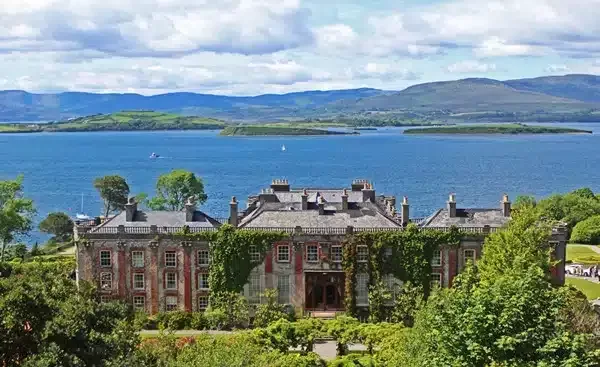
Are you a fan of “Downton Abbey”? As a television series, it seemed to divide the room into either diehard fans of costume drama and a lot of others who wonder just what all the fuss is about! Do let me know which side of the fence you are on.
It often surprises visitors to Ireland just how many of these “Downton Abbey” type houses and estates are in Ireland – some standing in their original grandeur, and more still lying in ruin around the countryside.
The Rise of the Great Houses of Ireland.
Cromwell took a military “stroll” around Ireland in the mid-1600s and put an end to the benefits of the Castles and Tower Houses that dotted the island of Ireland at the time. His cannons easily demolished their walls and over the following decades, the lands surrounding these buildings were transferred to loyal Protestant soldiers, adventurers, and speculators.
The early 1700s saw the arrival of a period of relative calm across the island of Ireland which prompted the wealth of landowners to grow, which in turn led to the building of many of the great houses of Ireland we see today. Some of these houses were built to impress – laid out on scale similar to Downton Abbey – while others were more modest “Glebe Houses” attached to church-owned land. It is estimated that over 5,000 of these houses were built in Ireland between 1700 and the late 1800s. Only a fraction (maybe a tenth) of those houses are still standing and habitable today. One of those houses is “Bantry House” in West Cork – sitting on one of the most beautiful locations in the world. Maybe you have visited this wonderful spot already?
The View Across Bantry Bay.
In 1700, the local Hutchinson family laid the foundations for what is now Bantry House, but were replaced by the White family by 1765. The Whites had arrived in the area from Limerick – first to Whiddy Island, and in time became the largest landholder in the area.
By the late 1700s, the threat of Napoleon’s French Navy was keenly felt in this area by the British administration. Indeed, their worries were confirmed when a French Fleet anchored in Bantry Bay in 1796 – led by one Wolfe Tone. Richard White monitored the movements of the French boats through his lookouts across the coast – and placed Bantry House at the disposal of the British army. However, the French “invasion” was a massive failure due to local weather conditions at the time, but White was rewarded for his efforts with first the title of “Lord Bantry” and later to become the 1st Earl of Bantry.
With the arrival of the Great Famine in the mid 1800s, the southwest of Ireland was one of the hardest hit. Some landlords ignored this “problem” of their tenants, while others took advantage of the situation to clear the land for development. However, the White family set up a number of relief schemes across the Bantry estate – doing what they could during such terrible circumstances.
The late 19th century in Ireland welcomed in a period of land reform, and the income required to support the upkeep of these great houses and estates diminished with each passing year. The era of the “Great House” in Ireland was coming to an end.
Today, as you drive around the Irish countryside, it’s noticeable just how many of these great houses were “burned out” at one point – and now lie in ruins. The Irish War of Independence took place between 1919 and 1921, and many of these houses were destroyed to stop them from being used as barracks by soldiers and militia. Many more houses were destroyed, or left standing, as locals recalled how the occupants conducted themselves at the time of the Great Famine.
Bantry House stayed standing through this turbulence but the real challenges lay ahead. High inheritance taxes, diminished incomes and costly upkeep led many of the remaining houses to be abandoned or converted to hotels or convents down through the years. Much of the treasure held inside their walls was sold to the highest bidder – and lost to the four corners of the world.
Given this context and history, Bantry House is quite remarkable. While it opened to the public in 1946, it remains in the private ownership of the extended White family who still live in a portion of the house today and welcome visitors, music festivals and garden lovers to their home each year.
How about you? Did any of your ancestors come from one of the “big houses” of Ireland? Maybe they worked on the estate grounds? Do leave your comments below and let me know.
That’s it for today – as always, do feel free to share any questions or stories of your own.
We’ll chat again next week!
Slán, Mike and Carina.

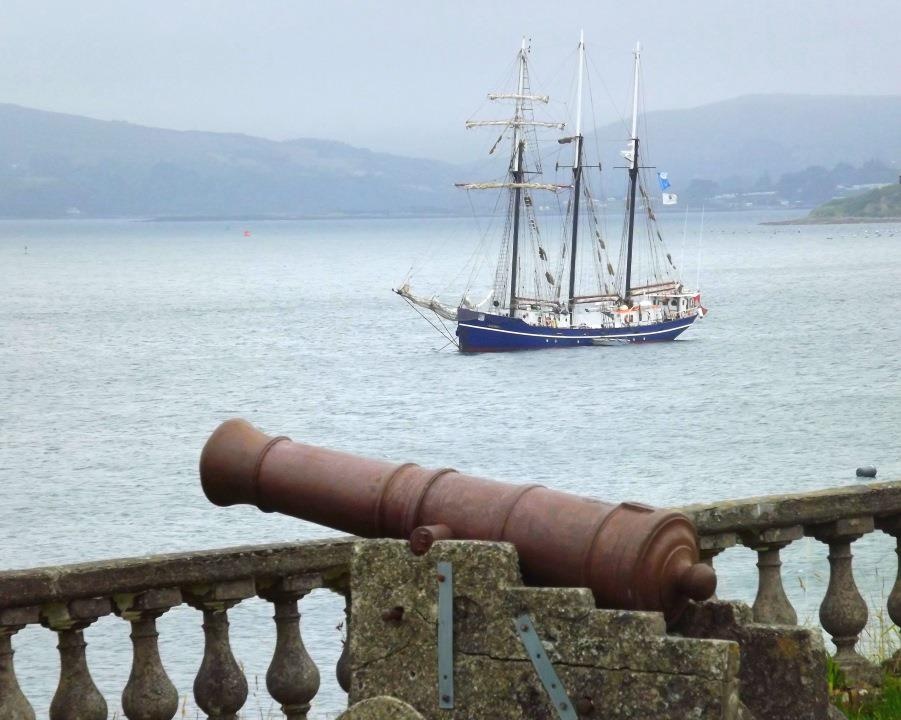

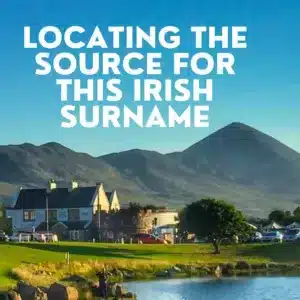
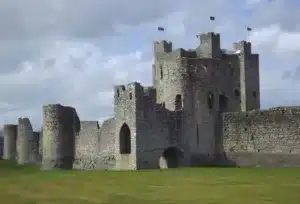


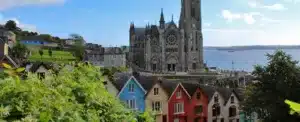

Only Plus Members can comment - Join Now
If you already have an account sign in here.